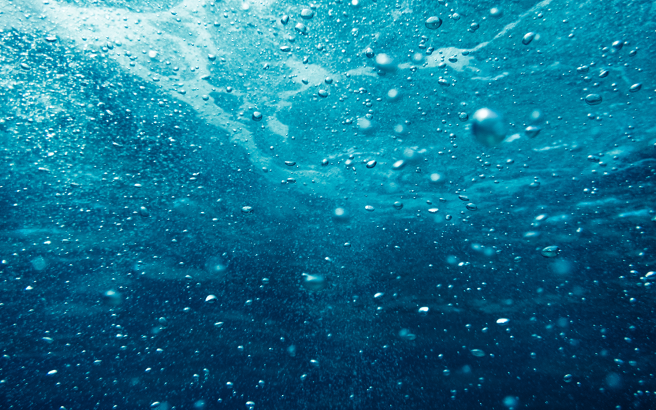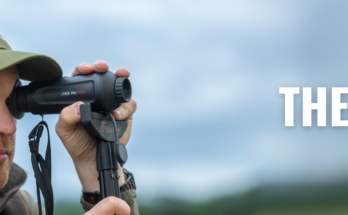Hydrographic survey companies are specialized in an underwater environment, sound navigation systems and global positioning systems. Hydrographic surveyor are also known as hydrographers and use state of the art technology to produce plans of harbours, sea beds and waterways. The role involves the measurement and mapping of underwater surfaces and studying the construction or morphology of the ocean floor, showing shape, depth and contours. They are specialized in precise positioning, acquiring data and processing data in offshore and onshore marine environments. Surveyors spend time on-board drilling platforms and survey ships.
The information collected will be used in the production of charts for navigation, locating offshore resources, dredging, positioning offshore wind farms, subsea cables, and oil platforms, monitoring erosion and planning dock installations.
Responsibilities
Surveyors have a lot of responsibilities such as using specialized technical equipment and software including terrestrial positioning systems and satellite, single and multibeam echo sounders, sonars, laser scanners and light detection and ranging-equipped planes to provide data for the production of maps and nautical charts.
They also use autonomous underwater and remotely operated vehicles to acquire useful data in deep oceans. They operate specialized technical software and GIS to manage the processing, integration and presentation of data to clients. Surveyors also deal with clients to provide tenders and results in the right formats. They manage projects, both offshore and onshore, as vessel-based managers.
Hydrographic survey professionals produce reports and provide reliable and accurate information for other fields such as dredging, navigation, seabed telephone cables, coastal works, aquaculture, environmental monitoring, marine wind farm development, bridge construction, oceanographic research, gas, oil and mineral resource exploration and so on.
They also work in a wide range of different applications and situations including oil, mining and gas exploration, the construction of ports, positioning of navigational aids, and the provision of navigational charts. They provide data for oceanographic studies, and source information on the type of seabed, waves and water movements. They also review software projects and company procedures and provide feedback on courses and proper in-house training.
Working hours
The working hours for surveyors include regular unsocial hours. Their working hours may be determined by tides, weather and daylight. Their work includes shifts. Surveyor’s offshore projects tend to be continuous with a slight slackening during the winter months due to bad weather conditions.
On the other hand, onshore work is generally around 9 am to 5 pm although the working hours may be longer if problems arise. Senior staff members may be required to do the weekend duty that may involve being on call to deal with any offshore problems.
What to expect
If you are a surveyor, you can work for hydrographic survey companies or you can decide to be a freelancer. If you decide to be a freelancer, your earning will depend on your contacts and levels of commercial activity. Contract surveyors are expected to have at least five years’ experience. Currently, women are underrepresented in the profession. The working and living conditions may be uncomfortable and cramped when working offshore.



